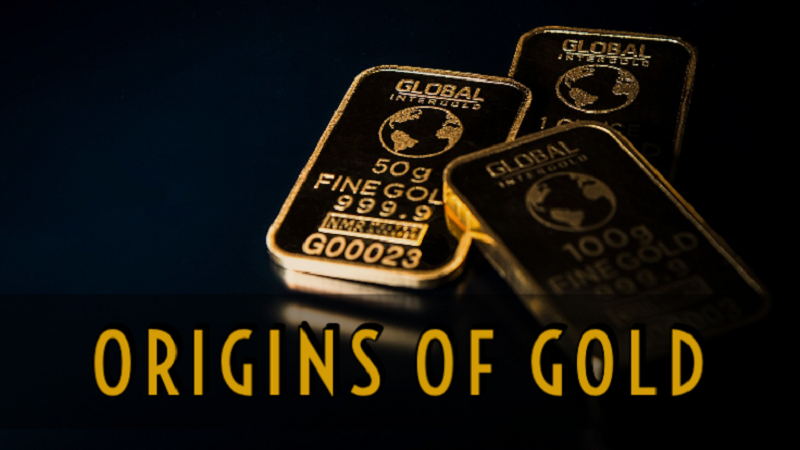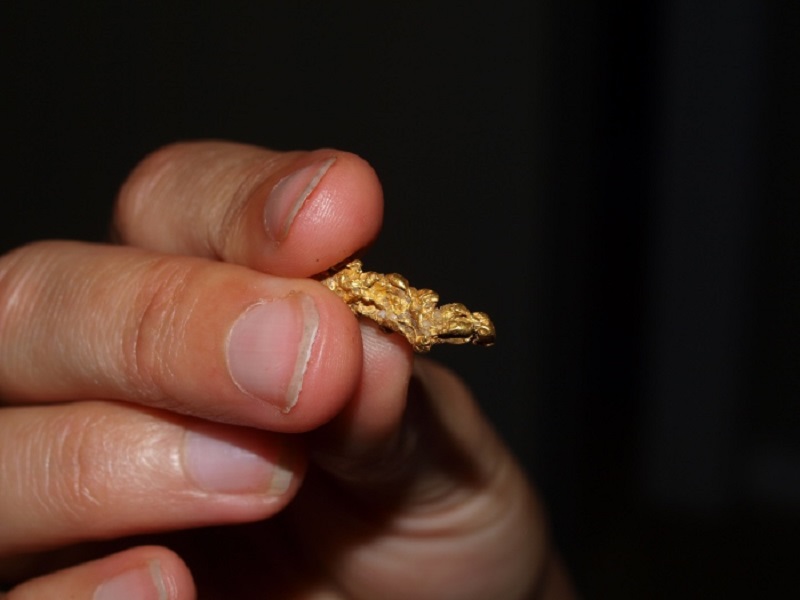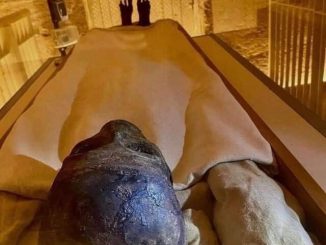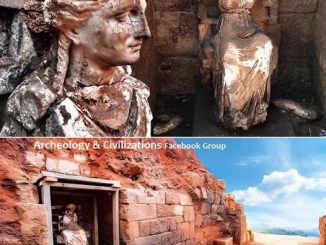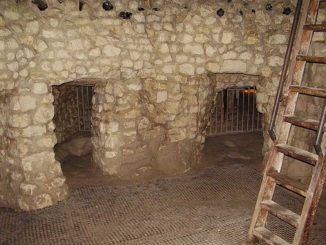From emperors to poor farmers, from the Bronze Age to modern times, people crave gold. The Egyptians called it “the breath of God,” and to the Aztecs, the yellow metal was “the sweat of the sun.”
Until the early 19th century, gold and silver were used as currency. Next came paper money backed by the gold standard. Only recently have we moved from a gold standard system to a fiat currency system.
Gold’s versatile physical properties are just right for its many uses and applications. Everyone knows gold as jewelry and a global store of value. But the interesting thing is that it has applications in traditional medicine, electronics, food and several other fields.
Extraterrestrial origins of gold
The precious metal gold has a strange origin. Right. Gold has been mined for thousands of years, and the hidden gold was brought to our planet by asteroids. So, where do gold deposits come from? There are many theories about how gold is formed. But there is unanimity in the belief that gold is formed in stars.
Not only gold, many heavy metals are also produced from stars through nuclear fusion. After the Big Bang that brought the universe into existence, for several million years, only two elements – hydrogen and helium – existed.
Inside bright stars, two lighter elements combine by nuclear fusion to form slightly heavier elements. The process of combining two elements to form a heavier element continues. The bombardment of these elements also results in the release of enormous amounts of energy.
Continued chemical reactions inside massive stars lead to the formation of supernovae, which form at the final stages of a star’s life. When a star reaches the supernova stage, it will outshine all other stars in the galaxy for a short period of time before exploding. Supernovae are also major sources of heavy elements such as gold. The explosion scattered gold and other elements throughout the universe.
Another theory holds that the collision of two neutron stars, formed after the collapse of massive stars, creates waves of energy powerful enough to create gold and other heavy metals.
How did gold get to Earth?
Large quantities of heavy elements, including gold, reached earth via piggyback meteorites. The space wreckage that survived the journey landed on Earth about 200 million years after the planet’s birth.
During the early stages, a time when the earth was still hostile to any form of life, heavy metals such as iron sank to the earth’s core and took with it others such as gold and platinum. Therefore, it is believed that there is more gold in the core than in the earth’s crust. It is believed that, if we took all the gold at the core and placed it on the surface, we would have a layer covering the earth about 4 meters thick.
Different types of gold deposits
How did gold buried deep in the ground after being bombarded by meteorites end up in rocky mountains, rivers and streams? This is how natural gold deposits are formed.
Broadly speaking, miners can find gold in two types of deposits. An in-depth review of gold deposits can be divided into dozens of different types, but for simplicity we will mention two general types that are mined commercially.
Lode Gold Mine: Due to geological activity, some molten gold migrates through cracks or veins in the rock and is deposited between rock layers as the precious metal cools. Lode deposits are formed by mineralization and in this case, the gold heats up and dissolves in hydrothermal fluids. This is the process of bringing gold from deep underground to the surface.
Placer Gold Deposits: Placer gold deposits are not formed due to any geological activity. They are secondary sediments (i.e.) they are formed from lode sediments. Mineral ore is broken off from rocks or separated by gravity or other natural phenomena such as storms, earthquakes, etc. form alluvial deposits. In most cases, the separated mineral ore will be washed away by water. Gradually, alluvial deposits are formed when the water flow is not strong enough to push the alluvial particles further.
Will people’s obsession with gold ever end?
For thousands of years, humans have fought, killed, conquered and died for gold. The obsession shows no signs of abating any time soon. The economic downturn only increased the desire for more gold. When times are uncertain, people crave gold more than ever.
According to one study, all the gold mined to date is enough to fill about 60-70 shipping containers; Experts estimate the amount of gold recovered from the mainland weighs about 152,000 tons. While this may seem impressive, it is actually a relatively small number considering the number of people who have worked tirelessly to exploit it for thousands of years.
